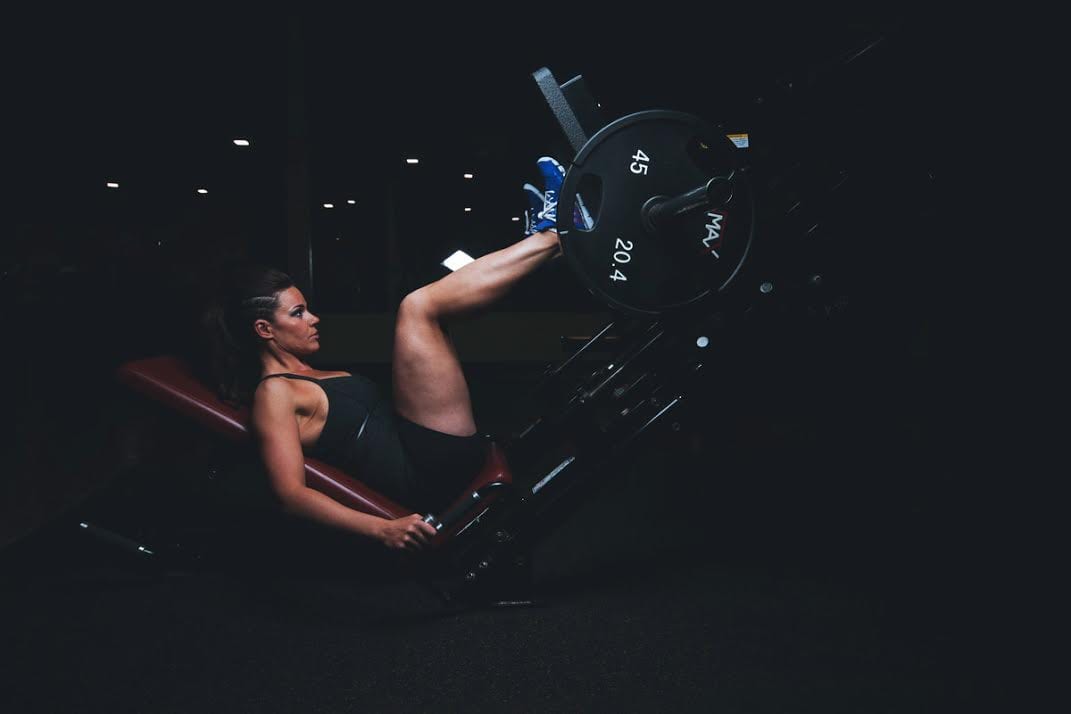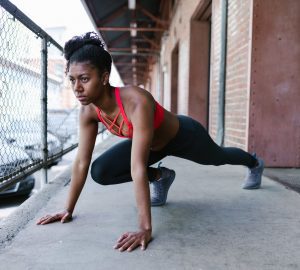If you’ve spent any amount of time in the bodybuilding community, you’ve heard a plethora of tips, diet plans and health advisories. It’s often hard to trace bodybuilding myths back to their source — whether they’re based in scientific fact or intuition. There’s too much hearsay to attribute anything to anyone.
With that in mind, we’ve busted some of the most common bodybuilding myths you’ve likely seen floating around. Here are five “facts” which don’t hold up under closer inspection.
1. You Can Spot-Reduce Fat
You’re after that six-pack, but no matter how much you cut, you’re never quite there. Maybe people have told you to turn to abdominal exercises — like crunches, sit-ups and twists — to “spot-reduce” that belly fat.
The unfortunate truth is that abdominal exercises don’t burn abdominal fat better than any other fat-burning activity. Toning certain spots of the body — sometimes called spot reduction — isn’t possible due to how the body stores energy. No matter how you burn fat, it burns in about the same way.
Genetics will determine where you burn fat first. Over time, you’ll burn off fat from everywhere on your body. Patience is the key, not crunches.
2. Protein Works Best Right After a Workout
The idea behind this myth is that an “anabolic window” opens for a short time right after you work out. During this window, your body better responds to protein. If you miss the window, the protein you consume is significantly less useful. Hit the window, and you’ll gain more strength and mass.
A meta-analysis on post-workout protein consumption reviewed the scientific literature on the subject. Its researchers found you’ll probably build the same amount of muscle whether you drink that protein shake right after you work out or three hours later — or even as much as 24 hours later.
Some studies did show benefits to upping protein intake immediately after a workout. However, in these studies, the gains seen in the test group were primarily from increased protein consumption overall compared to the control group.
You need protein to build mass. That said, consistently high protein levels in your diet is more important than drinking down a protein shake as soon as you’re done working out. What’s more, the anabolic window is a lot wider than commonly believed. Instead, focus on getting your body what it needs every day.
3. The More You Sweat, the More Fat You Burn
Some exercises — like a 22-mile hike of the Grand Canyon in up to 120-degree temperatures — are almost guaranteed to make you sweat more than the average bodybuilder’s workout. But sweating itself doesn’t burn calories and isn’t a good measure of how many calories you’re burning.
Jogging at the cooler bottom of the canyon wouldn’t burn calories less effectively than working out in the heat. Sweating can lead to additional weight loss, but the weight lost from sweating is typically water weight.
Anaerobic exercise, like heavy lifting, usually burns fewer calories than aerobic exercises like cardio. However, that’s because you sustain aerobic exercises far longer than anaerobic exercises — not because they produce more sweat.
Not sweating at all, though, can still be unhealthy. If you’re pushing yourself to the limit and still not sweating, drink more water.
4. Too Much Protein Is Bad for Your Kidneys
For a time, researchers thought high-protein diets could damage the kidneys. They feared the kidneys would need to process the protein your body didn’t use — so that protein was wasted while also damaging bodily organs.
Fortunately, they later discovered high-protein diets don’t damage your kidneys, according to a meta-analysis of more than a dozen studies on the subject. So feel free to add more meat to your diet. It’s unlikely you’re going to damage your kidneys with protein.
5. You Can Eat Anything If You Lift
Bodybuilding requires a different diet, it’s true. But it isn’t a free pass to eat anything you want.
Even when you’re bulking, you should eat a balanced diet. While you’ll need more protein and calories than the average person, loading up on food filled with carbs and fat isn’t the only way to hit these higher-nutrient goals. Don’t skimp on the veggies though. Your body is more than just muscles, and an unbalanced diet will hurt you in the long run.
Beating Bodybuilding Myths
The best strategy for beating bodybuilding myths? Research and a healthy dose of skepticism. Watch out for the too-good-to-be-true claims. A lot of bodybuilding myths rely on the idea that subtle changes in your workouts can give you “instant results.” Or they say you can use some secret sign to double or triple how fast you progress, if only you knew to look for it.
Real progress, though, is always slow and steady.
Author Bio:
Dylan Bartlett is a lifestyle blogger from the City of Brotherly Love. He runs Just a Regular Guide, looking at other topics related to health and fitness, and you can find him on Twitter @a_regular_guide to get updates on his work.








